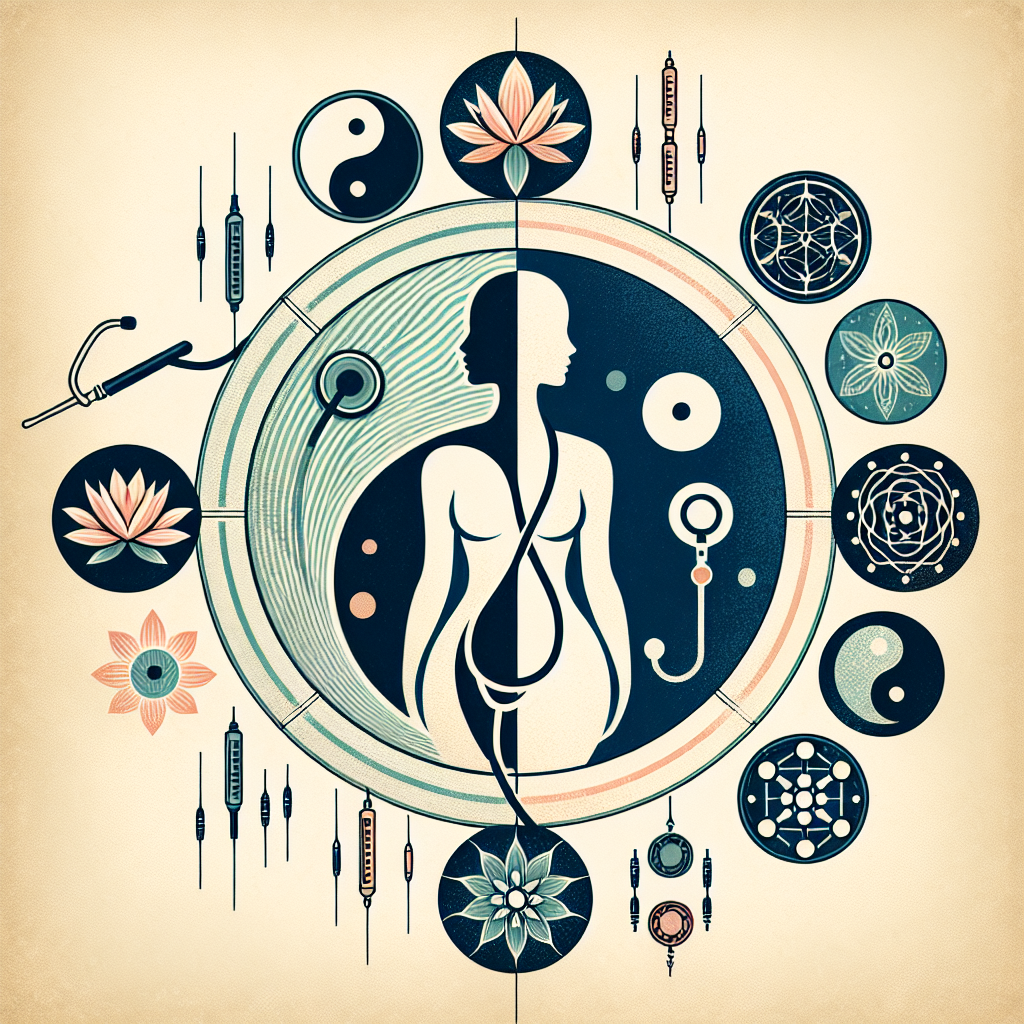Integrative Healing: Combining Western and Eastern Approaches to Alleviate Menstrual Cramps
Menstrual cramps, medically known as dysmenorrhea, are a common but often debilitating condition that affects individuals of menstruating age worldwide. The pain associated with menstrual cramps can significantly impact one’s quality of life, hindering daily activities and overall well-being. Traditionally, the Western medical approach and Eastern alternative methods have offered different paradigms for understanding and treating dysmenorrhea. However, an integrative approach that combines both Western and Eastern practices is emerging as a comprehensive way to address and alleviate menstrual cramps, showcasing a holistic pathway to wellness and health.
Understanding Menstrual Cramps
Menstrual cramps are characterized by throbbing, aching pains in the lower abdomen, sometimes accompanied by nausea, fatigue, and headache. They are often caused by the release of prostaglandins, hormones involved in pain and inflammation, which trigger the uterine muscle contractions. The severity and experience of menstrual cramps can vary widely among individuals, influenced by genetic, environmental, and lifestyle factors.
Western Medical Approaches
Western medicine typically addresses menstrual cramps through pharmacological interventions and, in more severe cases, surgical options. Nonsteroidal anti-inflammatory drugs (NSAIDs) are the most commonly prescribed treatment for managing the pain associated with dysmenorrhea. These medications work by inhibiting the production of prostaglandins, thereby reducing inflammation and uterine contractions. For individuals who do not respond to NSAIDs or who experience severe symptoms, hormonal contraceptives may be recommended to regulate or suppress the menstrual cycle, thereby reducing the severity of cramps. In rare cases, when the pain is linked to underlying conditions like endometriosis, surgical interventions may be considered.
Eastern Alternative Approaches
Eastern medicine, encompassing a broad array of practices including Traditional Chinese Medicine (TCM), Ayurveda, and acupuncture, offers a different perspective on treating menstrual cramps. These approaches are rooted in the concept of restoring balance and harmony within the body.
In TCM, menstrual cramps are often attributed to the stagnation of Qi (vital energy) and blood in the pelvic area. Treatments aim to restore the flow of Qi and blood through herbal medicine, acupuncture, and dietary adjustments. Acupuncture, in particular, has been shown to be effective in reducing menstrual pain by stimulating specific points on the body to release endorphins, natural pain-relieving chemicals.
Ayurveda, an ancient Indian healing system, views menstrual cramps as a symptom of an imbalance in the body’s doshas (vital energies: Vata, Pitta, and Kapha). Treatment involves herbal remedies, dietary changes, yoga, and lifestyle adjustments tailored to the individual’s doshic imbalance. Warmth, in the form of heating pads or warm baths, is often recommended to soothe the Vata dosha, which is associated with air and ether and is believed to be responsible for the movement, including muscle contractions.
The Integrative Approach
The integrative approach to healing menstrual cramps involves a combination of Western medical treatments and Eastern alternative practices, offering a holistic pathway to manage pain and improve quality of life. This approach emphasizes the importance of individualized care, recognizing that the effectiveness of treatments can vary widely among individuals.
Lifestyle modifications play a crucial role in the integrative approach, incorporating dietary changes, regular physical activity, and stress management techniques to support overall health and reduce the severity of menstrual cramps. A balanced diet rich in anti-inflammatory foods, such as omega-3 fatty acids, fruits, and vegetables, can help mitigate inflammation and reduce pain. Regular exercise, particularly aerobic exercises, has been shown to decrease the severity of menstrual cramps by improving blood circulation and releasing endorphins.
Stress management techniques, including mindfulness meditation, yoga, and breathing exercises, can also be beneficial in managing menstrual cramps. Stress is known to exacerbate pain, and these practices help in reducing stress levels, thereby potentially alleviating the intensity of menstrual cramps.
Conclusion
Menstrual cramps can significantly impact an individual’s quality of life, but an integrative approach that combines Western medical treatments with Eastern alternative practices offers a comprehensive pathway to manage pain and improve well-being. By embracing a holistic perspective that considers the physical, emotional, and psychological aspects of health, individuals can find effective and individualized strategies to alleviate menstrual cramps. The integrative approach underscores the importance of recognizing the interconnectedness of the body and mind in achieving optimal health and highlights the potential of combining diverse healing traditions to address common health concerns.

